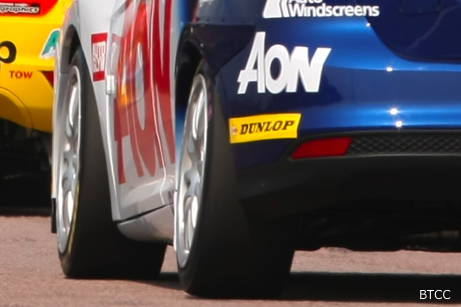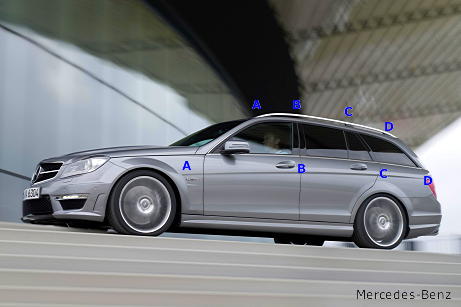C
- Written by {ga=staff}
- Category: C
The camshaft is a rotating shaft which operates the valves in an engine.
The camshhaft is driven from the crankshaft at half engine speed by a gear train, chain, or toothed belt. The lobes on the camshaft are arranged to operate the valves in the correct sequence and with the correct timing.
- Written by {ga=staff}
- Category: C

Camber angle is the angle to the vertical of a wheel and tyre, as viewed from in front or behind.
Positive camber means the tyre is leaning outwards at the top. Negative camber means the tyre is leaning inwards at the top (as seen in the picture above).
As a general rule, tyres generate more grip when operated at negative camber.
The camber angle of the wheel usually changes as the suspension moves, the outside wheel often adopting a more positive camber angle as the suspension compresses. To counteract this the wheel can be set up with static negative camber, though this can make the car more unstable on a bumpy road.
- Category: C

Counter steering is when the driver steers away from a corner because the car is oversteering.
Counter steering is also known as opposite lock.
- Written by cartechnical staff
- Category: C
A chargecooler is another name for a water/air intercooler in a forced induction engine.

